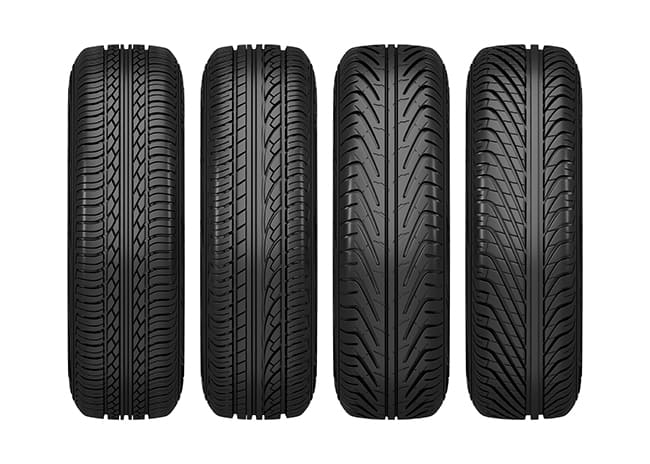
When spring arrives and the average daily temperature is above 0°C, experts recommend changing from winter to summer tires. In some countries there are fines for motorists if they drive with car tires that are not appropriate for the season. In this article we explain why it is so important to consider weather conditions when choosing tires and what types of tires to prefer.
Contents
Why should I mean Replacing winter tires with summer tires?
Winter tires are made of a soft rubber compound, the elasticity of which increases significantly when it comes into contact with hot asphalt. This reduces road grip and accelerates tread wear, increases the risk of a flat tire when driving over an obstacle and increases braking distances. In addition, excessive softness affects the road holding of the car. As a result, summer tires are made from a stronger compound that contains fewer silicone polymers.
Summer tires also differ from winter tires in their tread profile. They have a pronounced longitudinal direction, the grooves are narrower and the lamellae are configured differently. This reduces the risk of aquaplaning, improves grip on dry and wet roads, and ensures tire deformation resistance during maneuvering, short braking distances and excellent maneuverability.
10 Tips for choosing and using summer tires
- The tire change must be decided depending on the operating conditions of the vehicle, since temperatures in autumn and spring can be unstable, with significant temperature fluctuations between day and night. So if you mainly use the car in the morning or in the evening, you should not be in a hurry to exchange it. Wait for the average temperature to stabilize between 5 and 7°C.
- If you are using old tyres, check the tread depth. It should not be less than 2.5 to 3mm, or road grip will be insufficient.
- Because the tires on the drive axle wear out faster, swap the front and rear tires with each other the next time you swap them out. If the tread allows, swap the right and left tires with each other as well. This contributes to better vehicle maneuverability and extends tire life. If old tires are used on one axle and new tires on the other, it is advisable to fit the new tires to the drive wheels.
- When choosing new tires, it is important to choose the right tread pattern that suits the vehicle's operating conditions. For example, tires with a symmetrical and non-directional tread pattern are ideal for particularly quiet driving. They are cheap, their properties are well balanced and they can be interchanged. Asymmetrical tread tires are the most versatile. They offer good road holding on both dry and wet roads and are therefore ideal for sporty driving. Tires with directional grooves are essential in rainy areas as they are highly resistant to aquaplaning.

- The longer tires are in storage, the shorter their lifespan, because rubber tends to age. It is therefore advisable to buy products that were manufactured no more than 1 to 2 years ago.
- Hard tires are more resistant to wear under the same conditions. If a vehicle drives a significant distance every day, then it is better to use such tires. But it should also be noted that softer rubber provides better grip.
- For alloy wheels, tires with a high load index should be chosen. These products are less prone to sidewall damage, but slightly increase fuel economy.
- Changing the entire wheel is far more economical and practical than just changing the tire. You can do the former yourself. It also reduces the likelihood of tire damage during disassembly and installation.
- When choosing tire sizes recommended by the car manufacturer for the warm season, we recommend using wide tires. These tires have a wider contact patch. Note, however, that the tendency to aquaplaning can also be greater.
- The tires will last a long time if you choose well-known brands such as Continental, Bridgestone, Dunlop, Goodyear, Michelin and Pirelli or Cooper. As a rule, these manufacturers have their own research facilities in addition to production facilities and test locations, in which they develop and implement their innovative technologies. Their product range includes only reliable, high-performance, high-quality and safe tyres.

Summary
The quality and reliability of tires directly affect road safety. The maneuverability of the car, its road holding, cross-country ability and braking distance depend on it. Therefore, the choice of tires must be made carefully. Follow the manufacturer's recommendations as well as our advice to avoid mistakes when buying and using the tyres.
